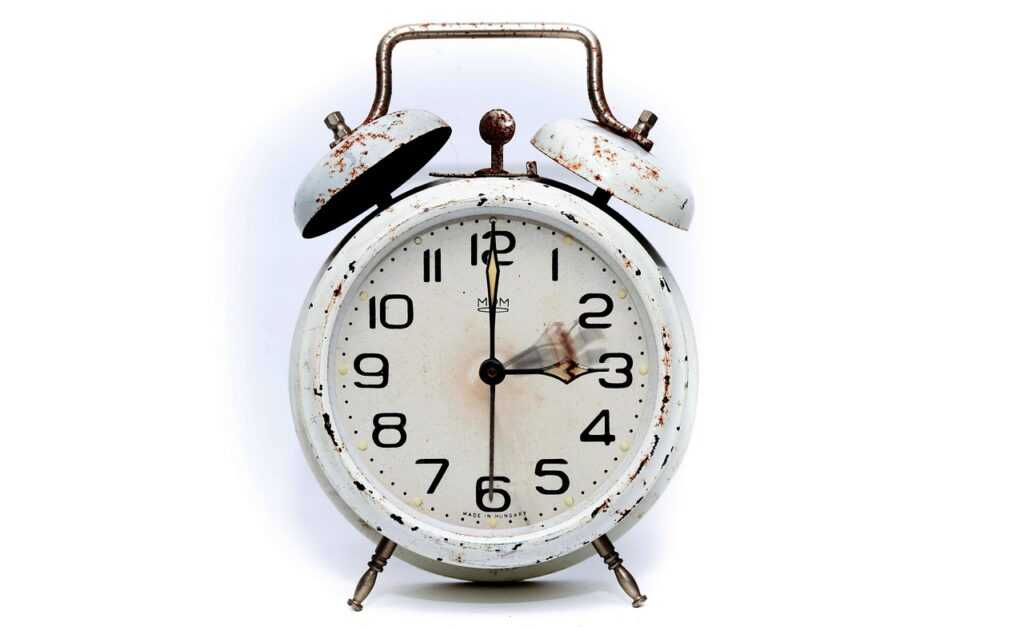What’s Changing and Why It Matters
Across major leagues, the rulebooks didn’t just get revised they got reengineered. The NFL shortened kickoff return zones to reduce high speed collisions. The NBA tightened up transition take foul calls and adjusted timeouts to speed up the final quarter. Over in Europe, UEFA continues to roll out semi automated offside tech and crack down on time wasting with new stopwatch style injury time rules.
So why the wave of changes? Simple: speed, safety, and screens. Leagues are trying to make games faster, safer to play, and more digestible for viewers who stream, scroll, and binge. With concussion stats under a microscope and attention spans shrinking, it’s no longer just about tradition it’s about optimizing the product for both players and digital native fans.
Analytics are pulling more weight in that conversation, too. League offices now rely on predictive data models to test how a rule tweak might shift win odds, player fatigue, or broadcast pacing. And fans are louder than ever with social feedback loops pushing leagues to respond when gameplay gets stale, drags too long, or feels out of touch.
This isn’t cosmetic; it’s structural. From tech driven officiating to uniquely shaped rule trials in preseason games, today’s tweaks are building the framework for a more dynamic and data aware future across all major sports.
On Field Impact: Speed, Strategy, and Skill
Rule changes across major leagues aren’t just reshaping the rulebooks they’re fundamentally altering how games are played. From faster play clocks to narrower review windows, the tempo, timing, and tactical depth of professional sports are evolving rapidly.
Game Tempo is Accelerating
New rule updates are designed to reduce downtime and increase viewer engagement. But the pace of play isn’t just about entertainment it’s forcing athletes, coaches, and teams to rewire how they operate in real time.
Notable shifts include:
Shorter play clocks: Particularly in leagues like the NFL and basketball, reduced decision time is leading to more fast paced, reactive play.
Tighter review protocols: With trimmed challenge windows and streamlined VAR procedures, the flow of the game is less disrupted, but decisions must be made faster.
Strategy on the Fly
Coaches are recalibrating both macro and micro play calling strategies to account for less recovery time and quicker transitions between play sequences.
Tactical adjustments include:
More pre scripted plays to reduce sideline delays
Increased emphasis on situational drills in practice
Adoption of real time tech and data to make faster sideline decisions
Performance Under Pressure
Players must now deliver peak performance in shorter, higher pressure bursts of play. As the speed of the game increases, so does the physical and mental demand on athletes.
Key areas of adaptation:
Conditioning: Enhanced focus on stamina, recovery, and short burst efficiency training
Timing: Athletes must recalibrate movements and decision making under tighter constraints
Mental sharpness: Quick adaptation, split second judgment, and focus are even more critical
These evolving in game dynamics are testing players and staff alike, forcing the highest levels of professional sport to blend speed with strategy in unprecedented ways.
The Business Implications for Teams & Leagues

Rule changes aren’t just altering gameplay they’re reshaping the business underneath. Leagues have started optimizing for speed, cutting dead time between plays, and refining broadcast pacing. The result? Viewership is climbing, especially among younger, attention fragmented fans who prefer quick, high impact sequences over bloated game windows. Shorter, more dynamic broadcasts are turning casual watchers into consistent viewers.
This shift is also cracking open new revenue streams. Marketing departments are adapting to integrate sponsorships directly into these tighter windows of time on screen overlays, player mic packages, sideline content. Ad slots are getting shorter but more frequent, which suits mobile viewers and aligns with digital engagement habits. It’s less about traditional halftime commercials and more about seamless in game brand placement.
On the team level, there’s a new layer of complexity. As game roles evolve due to structural rules like changes in substitution patterns or play clock durations front offices are rethinking contracts. Trades and signings now come with a closer look at how adaptable a player is to these tweaks. Specialist positions with shrinking in game utility are becoming less valuable. Versatility is getting priced into deals.
For a closer look at how all this is affecting player movement across the board, read: Who’s Going Where: How Transfers and Trades Are Evolving in 2026.
Reactions from Players, Fans, and Analysts
When the rulebooks shift, so do the voices around the game. Veteran players those who built their careers under older systems aren’t shy about raising concerns. Some are adapting quietly, adding new tools to their toolkit. But others are vocal, arguing that the soul of the game is being compromised for speed or spectacle. From locker room interviews to podcast rants, they’re making it clear: change doesn’t always feel like progress.
On the flip side, younger athletes are seizing the moment. Raised in an era of fast paced play and high tech training, they’re thriving under the new setups. Shorter clocks, acceleration of tempo, and analytics driven game plans reward their reflexes and adaptability. For them, this is the new normal and it’s where they shine.
Fans are split down the middle. The purists miss the deliberate pacing, the subtle strategies that unfold over time. They see the changes as a loss of nuance. The progressives, meanwhile, love the faster action and tighter broadcasts. They’re leaning in tuning in more often, engaging more deeply. With every whistle and review, the debate keeps rolling: evolve or preserve?
One thing’s certain everyone’s talking, and no one’s ignoring the shift.
What to Watch in the 2026 Season and Beyond
Early feedback is already rippling through front offices and broadcast booths. Rule changes like shot clock acceleration in basketball and expanded VAR protocols in soccer are getting mixed reviews. Some leagues may scale back slightly, smoothing out rougher implementations. Expect tighter limits on stoppages that drag momentum, or more nuanced interpretations of contact fouls and time violations.
The long term tension sits between progress and purity. Leagues are betting fans want faster, cleaner, and tech assisted games, but not at the cost of what made the sport resonate in the first place. Nostalgia still sells. The smart leagues think NBA and Premier League are testing new rules at the development level first, collecting real time data and fan sentiment before going all in.
Baseball’s pitch clock is a case study. Initially mocked, it’s now credited with reviving game flow and attracting younger viewers. The NFL’s hybrid kickoff rules and hockey’s shift in penalty protocols might follow a similar arc resistance, then buy in. The key? Clear communication, gradual rollout, and letting the game’s identity lead the adjustment not the other way around.
